Newcomers to Shanghai, China, may be surprised to see the large clothes drying racks jutting out from the sides of high-rise apartment buildings, especially in older residential communities. Filled with all sorts of brightly colored clothes and blankets, these racks are jokingly referred to by passersby as “colorful flags fluttering in the wind.”
The design is incredibly simple: A fixed rectangular frame measuring about 3m x 2m extends from a balcony or window. Clothes are hung on long poles, which extend into the open air, catching the sun and wind. The poles, once made of bamboo but now mostly made of steel, can be long enough to dry three or four bedsheets at a time. For Shanghai residents, this type of drying is more efficient than a clothes dryer.
On a sunny day, the sight of these layers of drying racks might make you stop for a few seconds to look. However, the privacy and modesty that should have existed gradually disappeared, and all kinds of clothes, even underwear, were exposed to the sunlight for everyone to see.
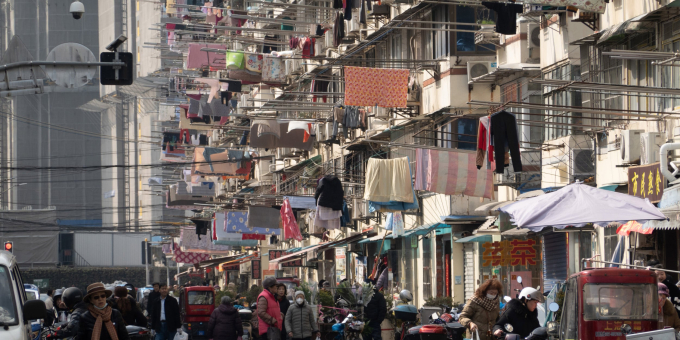
Giá phơi đồ ở Thượng Hải
Walk around any corner in Shanghai and you're likely to see these clothes racks, especially outside traditional alley houses and high-rise apartments built in the 1990s.
Before the 2010 Shanghai Expo, the city government was quite “uneasy” with these popular clothes drying racks, because they could tarnish the image of Shanghai as a modern metropolis. The government decided to ban people from drying clothes outside their windows on many main roads. However, some locals believe that this long-standing habit should be considered an intangible cultural heritage.
However, it must be acknowledged that using these clothes drying racks is actually quite difficult. The steel poles are 2 to 3 meters long and can be extremely heavy when loaded with clothes, bed sheets or even blankets. Residents need to handle them carefully, trying not to touch the dirty windowsill, and at the same time maintain balance. Hold one end of the pole while trying to fit the other end into a semicircular metal ring at the top of the frame to hold it in place.
It certainly looks like it, but accidents are not unheard of. In a residential area on Tham Xuan Street in Man Hang District, a clothes drying rack mounted on the fourth floor of a building was blown away by strong winds, damaging the glass ceiling on the ground floor. Several people also fell from windows while trying to secure the racks while drying clothes. As a result, some residential communities are now banning the use of this old rack design.
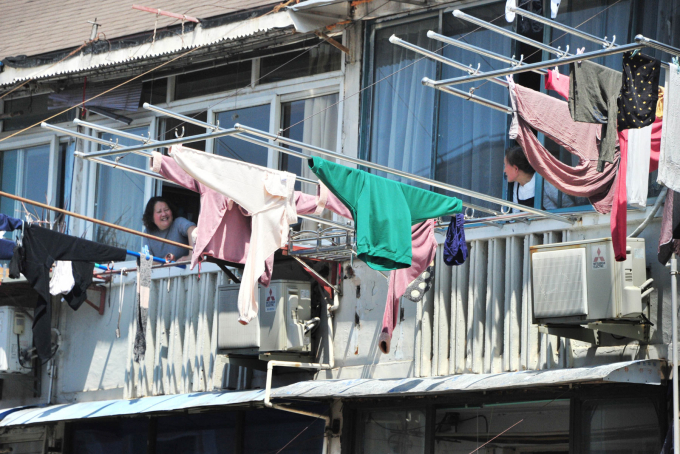
People chatting with each other while drying clothes, Shanghai
Hunger for living space in crowded cities
Exactly when and where did these drying racks first appear?
Despite a wealth of historical documents and local anecdotes, it’s hard to come up with a definitive answer. “It was the workers who first started using this method of drying clothes,” says Ma Shanglong, a Shanghai-based writer. He adds that the racks likely first appeared in a residential community built specifically for workers in the 1980s and 1990s.
According to Mr. Ma, the appearance of clothes drying racks in Shanghai comes from necessity . “First of all, the humidity in Shanghai is relatively high. Even though they moved from living in alley houses to apartments, Shanghai people still keep the habit of drying clothes outdoors. Second, living space in Shanghai is always very limited,” Ma said.
In the 1980s and 1990s, a one-room apartment was only 13 to 15 square meters. A couple with children and their belongings would almost fill the room. “So many families came up with the idea of going out onto the balcony to increase the space inside. Because this left no space for drying clothes, people had to hang clothes racks on the buildings right outside the windows,” Ma said.
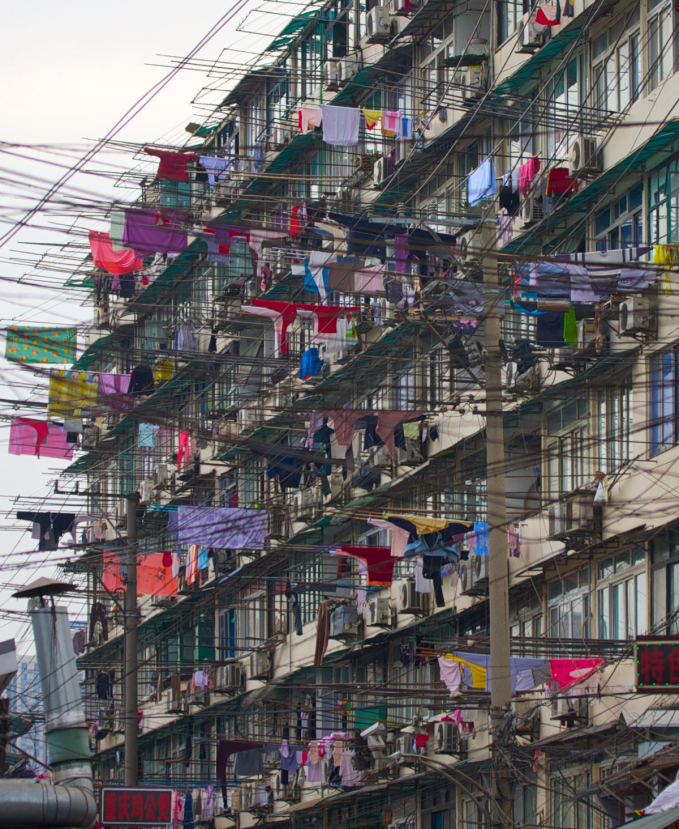
Another Shanghai writer, who goes by the pen name Ji But Tau, made his own wooden clothes rack. “In the 1980s, when clothes racks became popular, they were all handmade by people,” he recalls. “The popularity of clothes racks is closely related to Shanghainese people’s sensitivity to living space, or more directly, their hunger for housing.”
Chu Liyuan lived in an alley on Huanghe Road, Huangpu District for many years in the 1980s. Recalling those days, what impressed her most was the image of her mother-in-law “fighting for territory” to dry clothes. Early in the morning, the petite but strong woman from Ningbo, a city in Zhejiang Province, ran out with 7-8 large bamboo poles to occupy all the sunny spots in the alley. The neighbors also had many quarrels because of that.
Chu said: "Now when I meet my old neighbors, they still tease my mother-in-law and say she is a brave person."
Phan, who lives in an apartment complex in Jing’an District, said the south-facing balcony and large clothes drying rack were the reasons she decided to buy the apartment. “Nowadays, many new residential areas use retractable drying racks (not traditional clothes hanging poles) but when pushed all the way out, they only extend to about 1 meter. That is not convenient for hanging laundry,” she said.
Nguồn: Sixth Tone
Source


![[Photo] President Luong Cuong holds talks with South African President Matamela Cyril Ramaphosa](https://vphoto.vietnam.vn/thumb/1200x675/vietnam/resource/IMAGE/2025/10/23/1761221878741_ndo_br_1-8416-jpg.webp)



![[Photo] Prime Minister Pham Minh Chinh meets with South African President Matamela Cyril Ramaphosa](https://vphoto.vietnam.vn/thumb/1200x675/vietnam/resource/IMAGE/2025/10/23/1761226081024_dsc-9845-jpg.webp)





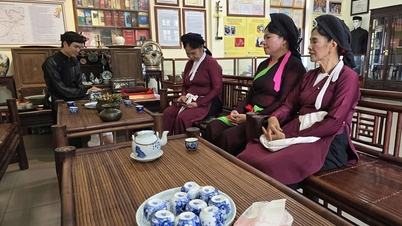
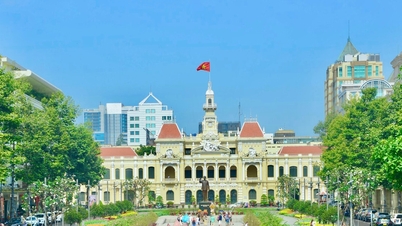
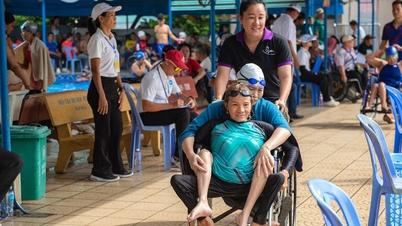












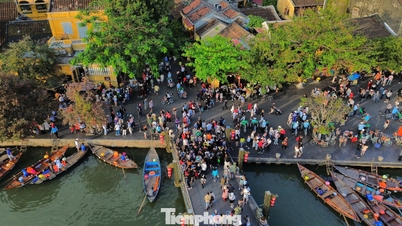

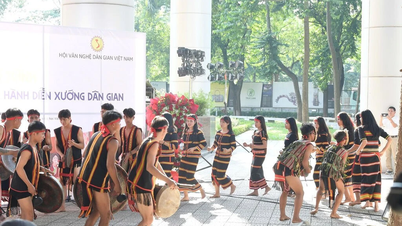













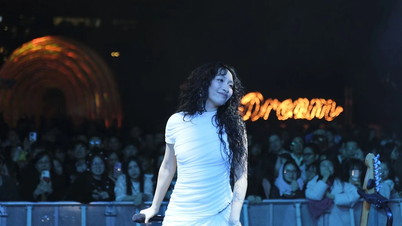






























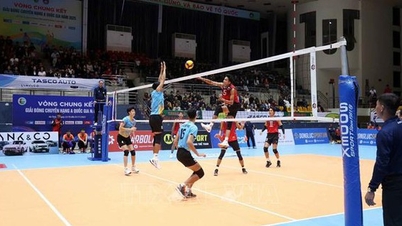






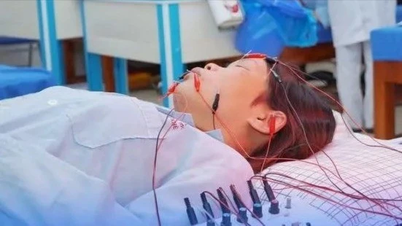



















Comment (0)